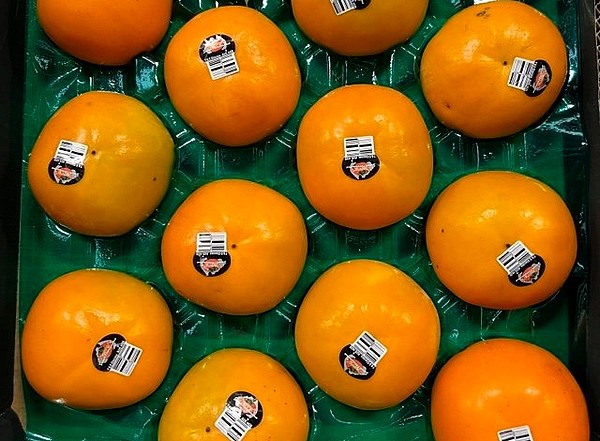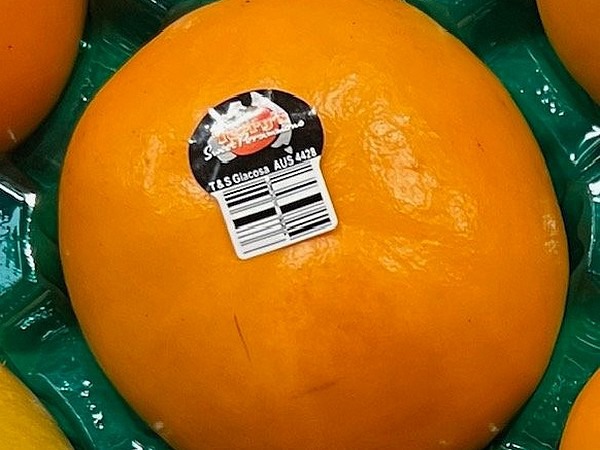An Australian fresh produce trading company says the prices received for this year's persimmon crop are among the highest it has seen in the country, in many years.
As the southern season draws to a close in the coming weeks, Produce Art Director Rohan Bicknell says the rain has led to larger-sized fruit this year and more demand.
"Domestic pricing has been so amazing this season that I haven't needed to do many exports," he said. "We are doing a lot domestically, and the fruit is really large thanks to all the rain across the country, which is kind of a novelty. There is some good 12-14-16 count sized fruit. Maybe this is more popular with the Asian demographic at the end of the day, so potentially they are willing to pay more for the larger sizes, as it is closer to what they get back in their home country with their climatic conditions. The only problem with large fruit, it is harder to keep perfectly clean from slight damage, but that doesn't matter so much on the domestic market when it is this strong. The Australian market is definitely improving on quality and packaging in the last couple of years and the fruit is getting more traction than it did in the past."

Australia's persimmon season begins in Southern Queensland and on the Sunshine Coast in mid-March, with growers following in South Australia, Western Australia and Victoria, where two of the more prominent growers are Gold Dragon Sweet Persimmons at Barooga, run by Chair of Persimmon Australia Chris Stillard, and Frank Primerano from Buffalo Creek Orchards.
"Volume-wise, it is not too bad," Mr Bicknell said. "The last growers we are dealing with in Victoria are having their season a bit later than usual, and over the past few years a lot of growers have been facing water problems too, so this has been the first year where we have been back on board with some decent water. For export, we are also competing against the season in New Zealand, which has started a lot earlier, and they certainly do a good job with nice clean fruit and although we come in a lot cheaper, our export markets seem to be prepared to pay more for extremely premium NZ fruit. It's really crazy, the demand for persimmon at the moment - I haven't really seen it like this. Some years have been pretty hard and this year we are getting almost double the money that has been returned in the past around this time of year."

He explained that the most accepted variety of persimmon by the market these days is the non-astringent ones.
"The early season one is called the Jiro, and the later season one is the Fuyu," he said. "There is not too much difference apart from the shape, with Jiro being squarish and Fuyu being more roundish. They both produce terrific colours and sizes are similar. Non-astringent ones you can eat crispy (like an apple) as well as soft, and I guess is more attractive for the general population, compared to the astringent varieties where you had to wait for them to get soft. You hardly see any commercial growers doing those varieties these days."
For more information:
Rohan Bicknell
Produce Art
Phone: +61 409 907 626
contact@produceart.com.au
www.produceart.com.au
